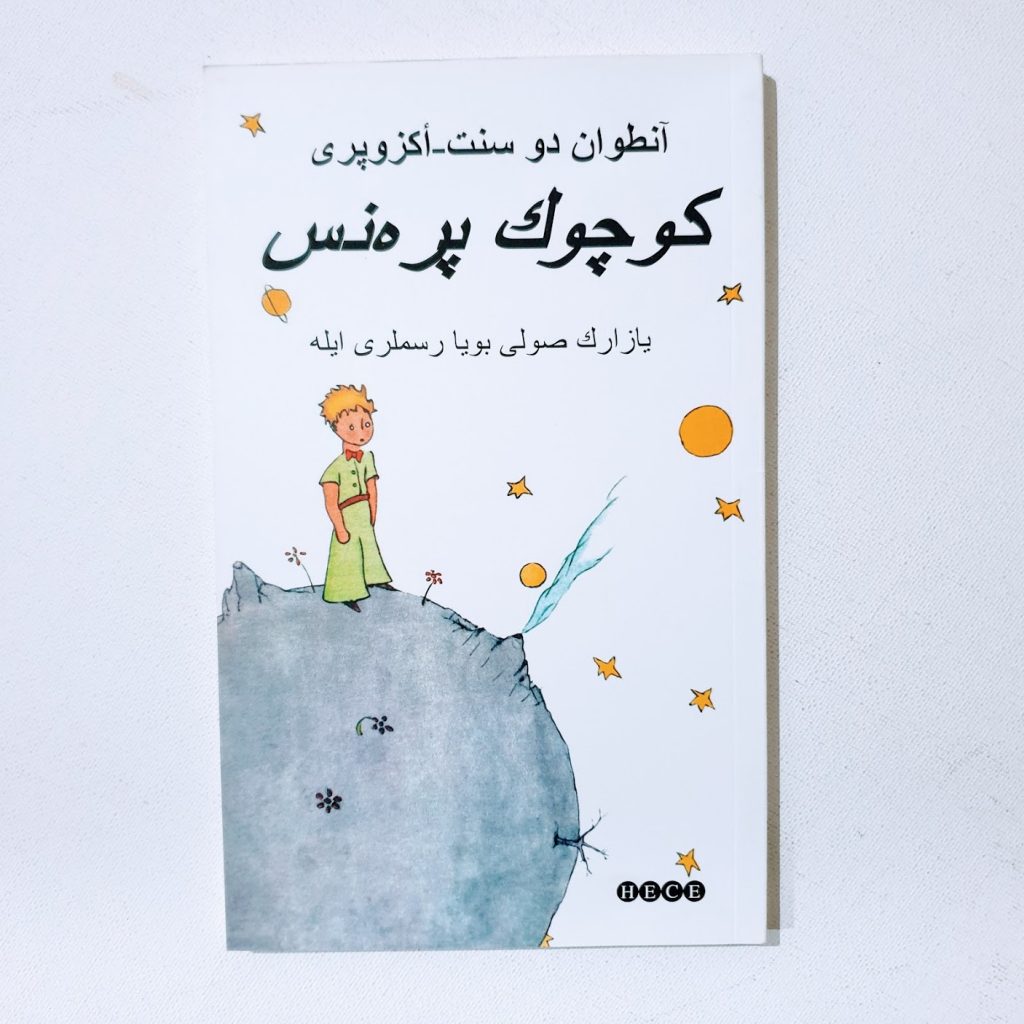
كوچوك پره نس — in Ottoman Turkish / Osmanlı Türkçesi.
Ottoman Turkish, also known as Osmanlıca, was the administrative and literary language of the Ottoman Empire, a multi-ethnic and multi-lingual state that existed from the late 13th century until the early 20th century. It was a highly complex language, characterised by an extensive use of loanwords from Arabic and Persian, as well as a significant influence from Turkish, the language of the Ottoman Turks who founded and led the empire. The complexity of Ottoman Turkish lay not only in its vocabulary but also in its grammar, orthography, and syntax, reflecting the empire’s diverse cultural and religious heritage.
Ottoman Turkish incorporated a vast number of Arabic and Persian loanwords. These loanwords were not merely supplementary; they were integral to the language, especially in areas of administration, law, religion, and literature. Despite the heavy borrowing from Arabic and Persian, the grammatical structure of Ottoman Turkish remained Turkic. The basic syntax and morphology, such as verb conjugation and noun case marking, were consistent with other Turkic languages.
Ottoman Turkish was written in a version of the Arabic script, which was adapted to accommodate the phonetics of Turkish, Arabic, and Persian. This script included additional characters to represent sounds not found in Arabic. The use of the Arabic script, with its lack of consistent representation of vowels, added a layer of difficulty to learning and understanding Ottoman Turkish, especially for non-native speakers and even for literate members of the empire.
In the late 19th and early 20th centuries, there were efforts to “purify” Ottoman Turkish by reducing the number of Arabic and Persian loanwords, making it more accessible to the Turkish-speaking population. This movement gained momentum after the establishment of the Republic of Turkey in 1923. The founder of the Turkish Republic, Mustafa Kemal Atatürk, implemented radical language reforms in the 1920s and 1930s. These reforms included the adoption of the Latin alphabet in 1928 and the promotion of a more “pure” form of Turkish that sought to eliminate foreign influences. This new standard language, known today simply as Turkish, was based more directly on the vernacular spoken by the Turkish population, significantly distancing it from the Ottoman Turkish used in the empire’s official and literary texts.


